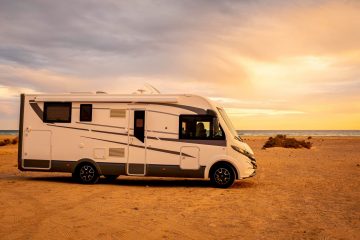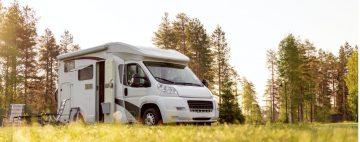With the increasing fuel prices at the forecourt, we are all now seeing a rising cost in filling the tank. Being a larger vehicle compared to an everyday vehicle, motorhomes & campervans naturally do less miles to the gallon.
Motorhoming holidays & road trips are still one of the most cost-effective ways to enjoy a holiday compared to their overseas counterpart. With a bit more strategic planning and applying practical advice beforehand, plus reading up on fuel efficient driving tips before you travel, these tips will help keep a tighter control of the fuel budget for your motorhome road trip.
It’s not just your pocket that will benefit. CO2 emissions are proportional to fuel consumption, meaning a reduction in fuel consumption will give the same percentage reduction in CO2.
These tips have been compiled with motorhomes and campervans in mind, however these core tips apply to most drivers most of time and when used together, will have a significant effect on fuel consumption.
As a rule of thumb fuel efficient driving techniques, if applied thoroughly and consistently, might save an average of around 15%, according to the Energy Savings Trust.

Before you set off…
1. Less is more. When it comes to motorhome and campervan holidays, packing is essential for the comfort and enjoyment of all onboard. However, possibly the best way to control unnecessary fuel consumption is to pack lightly and avoid unnecessary weight. Simply put, anything that is a dead weight will add weight to the vehicle and increase fuel consumption due to the fuel required for acceleration. Carefully consider what you will use / wear, and don’t fill up the freshwater tank until you reach your campsite. Buy your food at the local supermarket; there’s no need to carry all those tins with you. Even though this isn’t the highest win on fuel efficiency, its put to the top as it’s one of the easiest tips to control
2. Reduce drag (Less is still more). We get it, it’s your holiday and you want to take everything with you, but make sure you only take what you are going to use . Of course there are bike racks on the motorhomes , but only take your bike if you will use it.The penalty for driving at medium to high speeds with a rack, ladder or box attached is high. Racks, roof boxes and bike carriers significantly increase air resistance and fuel consumption at higher speeds. Do you need to take them with you at all? You definitely should not be taking them on your vehicle when they are not in use.
3. Rest assured your vehicle from Stravaig Motorhome Rental will have been regularly serviced so engine efficiency will be at its best. The best engine oil will have been used as the right viscosity of oil prevents drag within the engine.Tyre pressures are checked on each turnaround, under inflated tyres are one of the biggest culprits of decreasing fuel efficiency.
4. Plan fuel filling. For tech-savvy drivers, there are a number of apps and websites that list fuel prices at petrol stations. Check out PetrolPrices.com, WhatGas Petrol Prices and Waze, plus the AA has an app for members. Let these sites do the leg work for you. Perhaps you can check out locations at your destination, or a halfway point, for example. Be a bit canny and choosy with where you re-fuel with a bit of homework. With a tank of 80 litres to fill, a few pence in variation will add up.
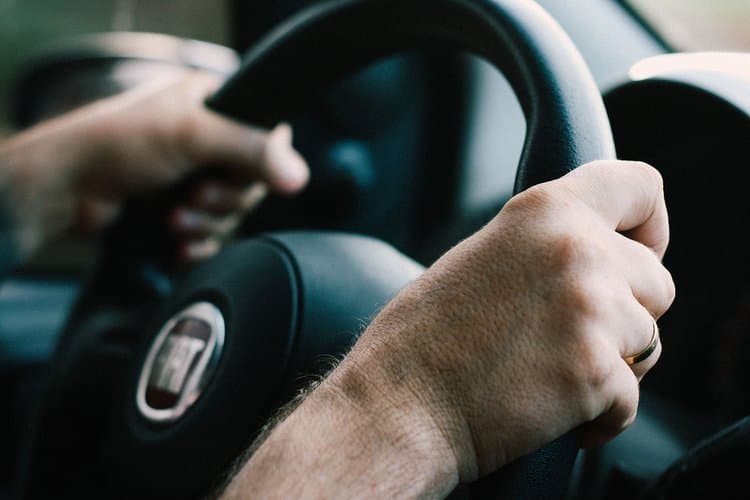
Now let’s look at driving techniques…
5. Drive smoothly. This is where driving techniques can make a big difference by anticipating situations and other road users, as far in advance as possible to avoid unnecessary braking and acceleration.
Leaving a greater distance from the vehicle in front allows the regulation of your own speed to avoid using the brakes. When driving in an urban environment, this technique is possibly the single most important way to be more fuel efficient. It’s no surprise, when you consider that energy is required to accelerate the vehicle and to overcome air resistance, in typical urban driving the vast majority of fuel is used for acceleration.
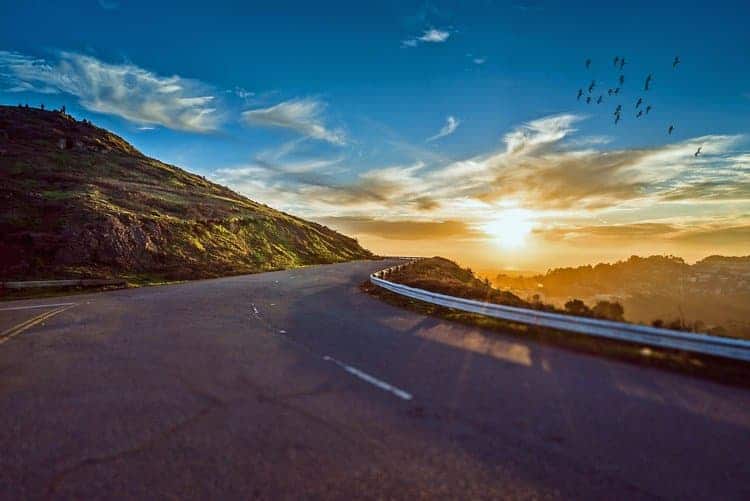
6. It’s the journey as well as the destination. Take it slowly, enjoy the scenery. Step off the accelerator as early as possible when slowing down or driving downhill. Remain in gear and just take your foot off the accelerator, using the engine braking as opposed to putting your foot on the clutch or coasting in neutral when going down a hill or slowing down to stop.
This technique, in most vehicles, will activate the fuel cut-off protocol, reducing fuel flow to virtually zero, because the engine is intelligent enough to recognise that the momentum of the vehicle is driving the engine, rather than the normal situation when the reverse is true.
7. Gear changing. This rule is to shift up early and change earlier. When accelerating change to higher gear earlier than you might think, usually by around 2,000-2,500 revs per minute (RPM). Go ahead and skip gears if it’s appropriate, such as 3rd to 5th or 4th to 6th. It’s no secret that driving with high or even medium engine RPM consumes more fuel than driving at low RPM at a given speed, so it’s good to remember to change gear early.
8. It’s not a race. Avoid excessive speed as this will greatly increase fuel consumption. Even a relatively small increase in speed can add significantly to fuel consumption, because the air resistance or drag increases by the square of a vehicle’s speed, and, whenever speed is doubled, air resistance increases by a factor of four. Just slow down and enjoy the scenery.
9. Don’t idle. Consider as a rule of thumb, if you are going to be stationary for about a minute or so, turn off your engine. Research suggests that for both petrol and diesel vehicles the CO2 emissions / fuel consumption from idling “are substantial and so high compared to the restart emissions, that stopping the engine almost directly (after no more than 10-20 seconds) leads to a benefit”.
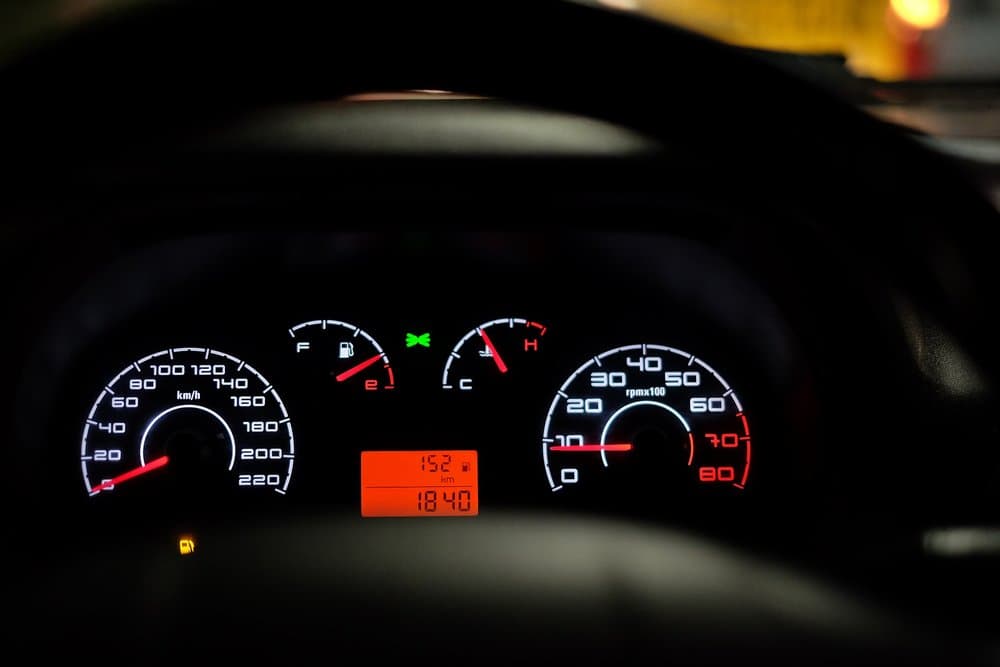
Comfort and fuel efficiency…
10. Wind the window up on the motorway. At high speeds most of an engine’s output is used to overcome air resistance, therefore it’s a given to keep windows shut. Having the window open will affect the vehicle’s aerodynamics and cause much higher fuel consumption when travelling at a higher speed.
Using the air con uses the heat pumps. Yes, the air conditioning uses heat pumps to pump fluid around a circuit; the fluid evaporates in the part of the circuit that takes in heat and condenses in the part that loses heat. Air con is powered by the compressor that is powered by the vehicle engine, increasing fuel consumption. With ambient temperature set at 30°C, cars with their air conditioning systems working at maximum capacity, consumed around 25% more fuel than when the air conditioning was off (according to research).
Ask yourself if you ‘need’ or ‘want’ the air conditioning on use it sparingly and in the same way we turn down our home heating thermostat to down a degree or two, consider setting the climate control a degree or two higher.
We hope these tips will help with the fuel budget for your road trip.

